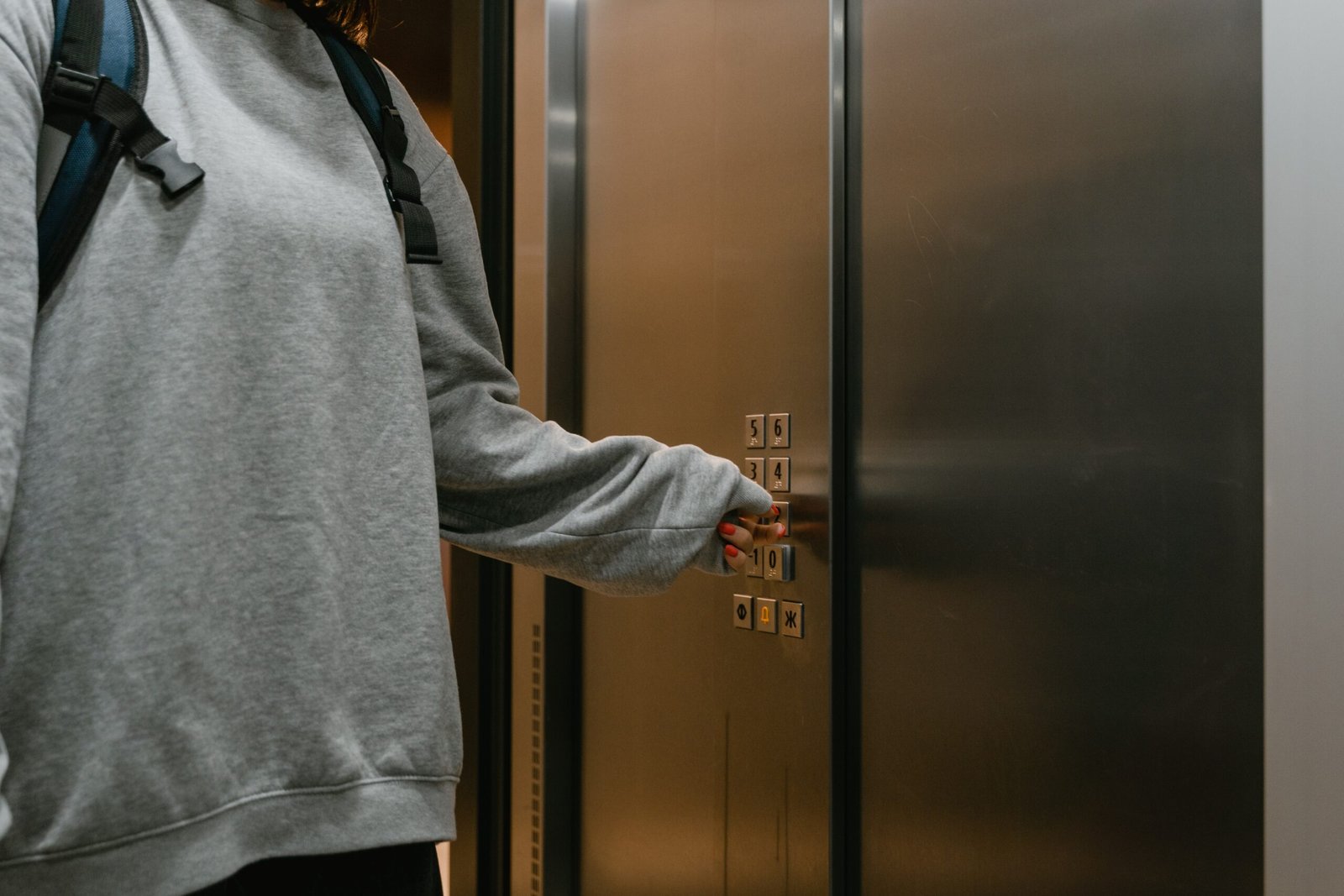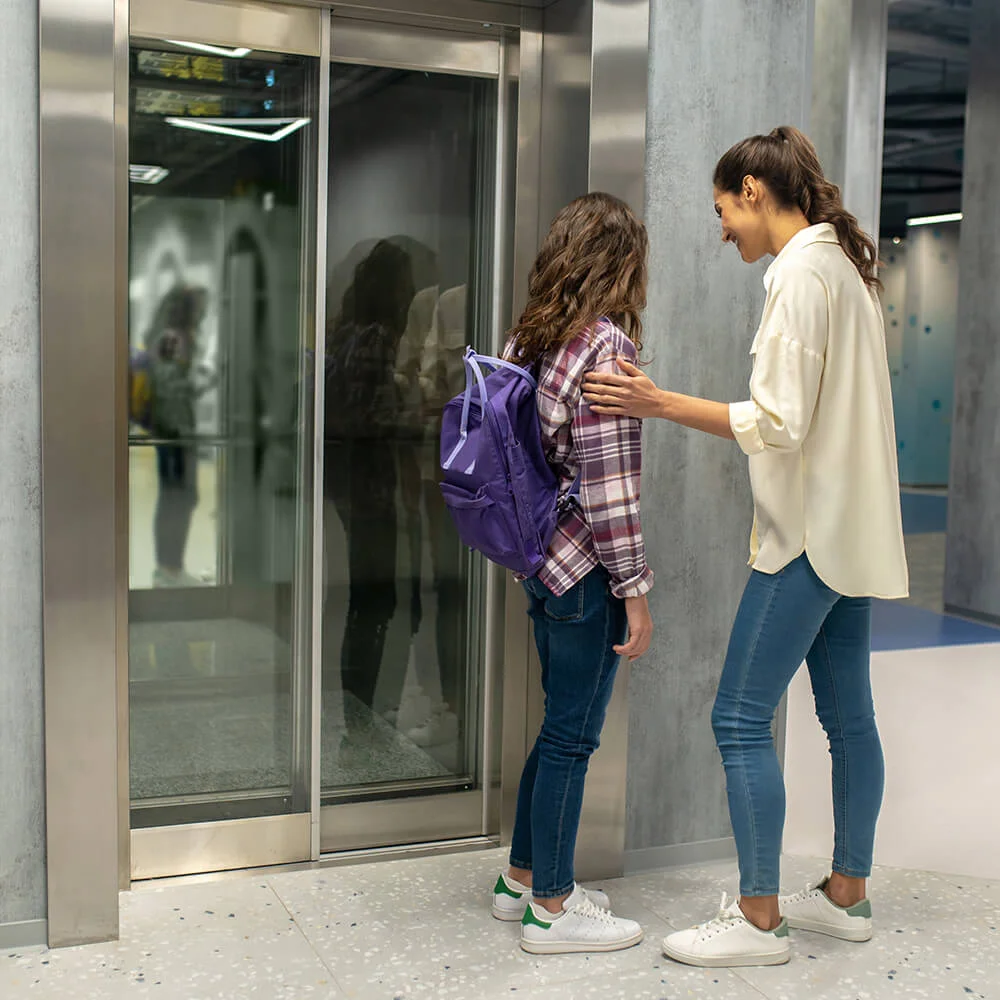In recent years, the demand for home elevators has significantly increased, driven by the desire for convenience, accessibility, and modern living.
As homeowners look to enhance the functionality and value of their properties, home elevators have become a popular addition.
However, with this growing trend comes an essential question: How safe are home elevators? In this article, we’ll explore the safety of home elevators, particularly focusing on Logolift, a reputable brand known for its advanced and reliable elevator systems.
Understanding the Basics of Home Elevator Safety
Before delving into the specifics of Logolift, it’s crucial to understand the general safety features that any quality home elevator should possess.
Home elevators, much like their commercial counterparts, are subject to stringent safety standards and regulations. These standards ensure that the elevators operate smoothly and pose minimal risk to users.
Key safety features include:In the unlikely event of a malfunction, emergency brakes are designed to automatically engage, preventing the elevator from free-falling.
- Door Sensors:
Modern home elevators come equipped with door sensors that prevent the doors from closing if an object or person is detected in the doorway.
- Backup Power Supply:
A reliable backup power system ensures that the elevator can be safely lowered to the nearest floor during a power outage.
- Overload Sensors:
hese sensors alert the user if the elevator is overloaded, ensuring that the weight capacity is not exceeded.
Logolift: A Pioneer in Home Elevator Safety
Logolift is a brand that has built its reputation on a commitment to safety, innovation, and customer satisfaction. The company’s home elevators are designed with advanced technology that not only meets but often exceeds industry safety standards.
1. Robust Construction and Design
Logolift elevators are engineered with high-quality materials that ensure durability and stability. The design incorporates redundant safety systems, meaning that if one system fails, another is in place to ensure the elevator continues to operate safely.
2. Advanced Safety Features
Logolift takes safety seriously, incorporating cutting-edge technology into its elevator systems. For instance, their elevators are equipped with sophisticated door interlocks, ensuring that the doors remain securely closed during operation. Additionally, Logolift elevators feature advanced braking systems that engage automatically in case of any irregularities.
3. User-Friendly Operation
One of the standout features of Logolift elevators is their user-friendly design. The control panels are intuitive and easy to use, with clear instructions and indicators that guide users through safe operation. This reduces the risk of user error, which is a common cause of accidents.
4. Regular Maintenance and Support
Logolift understands that safety doesn’t end with installation. The company offers comprehensive maintenance packages to ensure that their elevators remain in optimal condition.
Regular inspections and home elevator service are conducted by certified technicians, further enhancing the safety and reliability of their products.
A Safe Choice for Home Elevators
When it comes to the safety of home elevators, choosing a reputable brand like Logolift is a crucial step. With their emphasis on robust construction, advanced safety features, and ongoing support, Logolift elevators provide peace of mind to homeowners.
While no system can guarantee absolute safety, the likelihood of accidents is greatly minimized with a well-designed, properly maintained elevator.
In conclusion, home elevators, particularly those from trusted brands like Logolift, are generally safe when installed and maintained according to the manufacturer’s guidelines.
As with any home lift install in Ahmedabad, it is important for homeowners to do their due diligence, ensure regular maintenance, and follow all operational instructions to enjoy the benefits of a safe and convenient home elevator.











